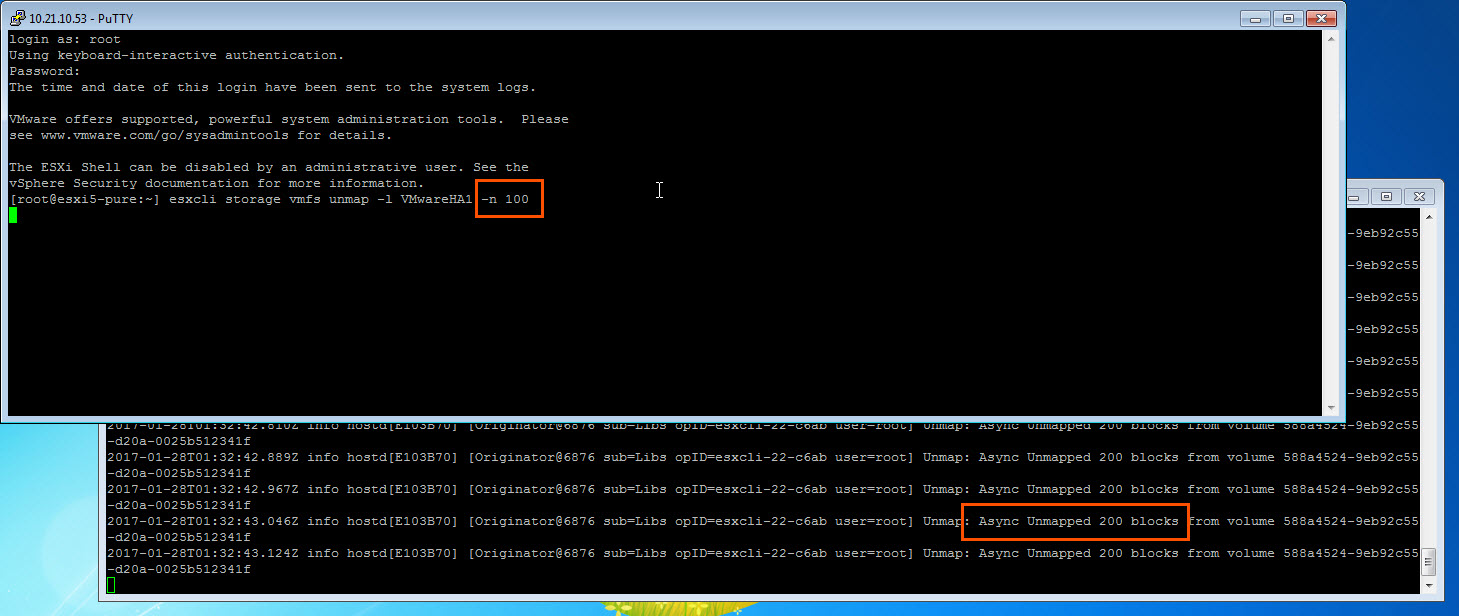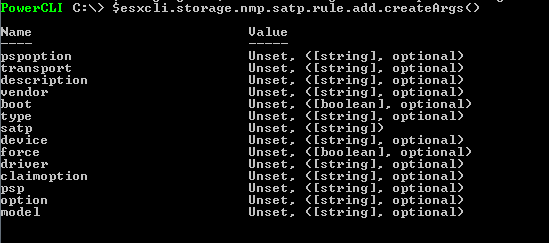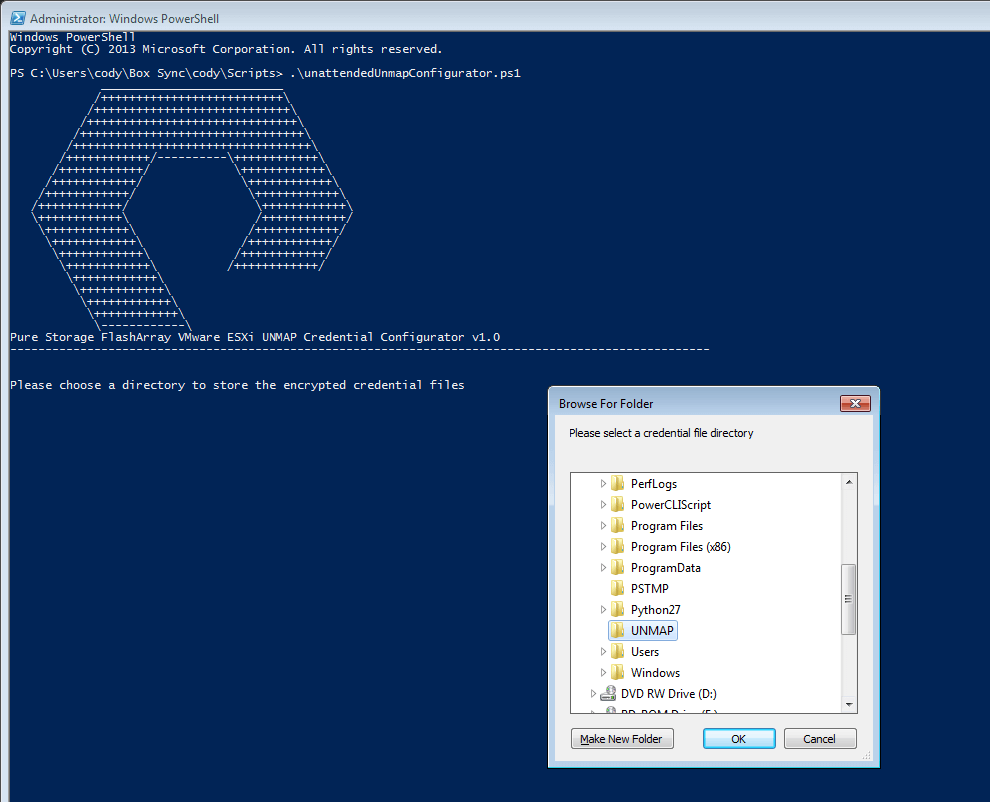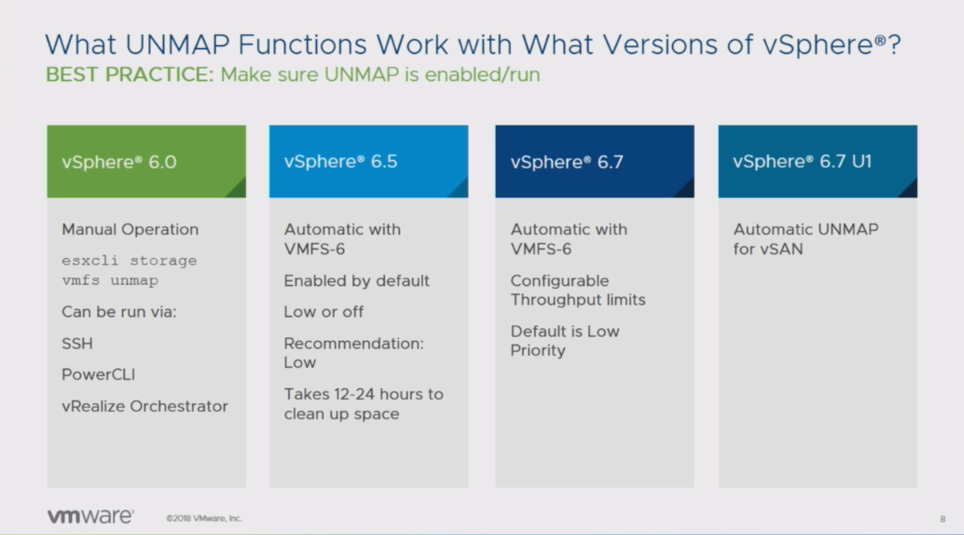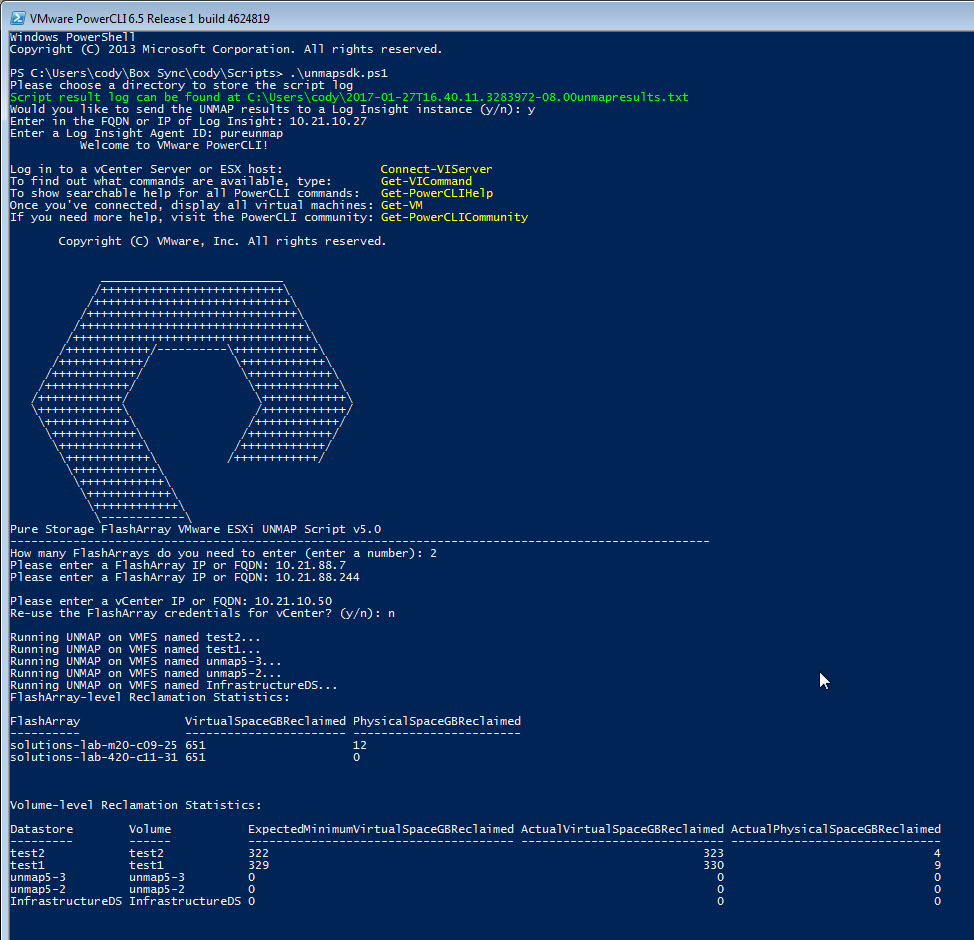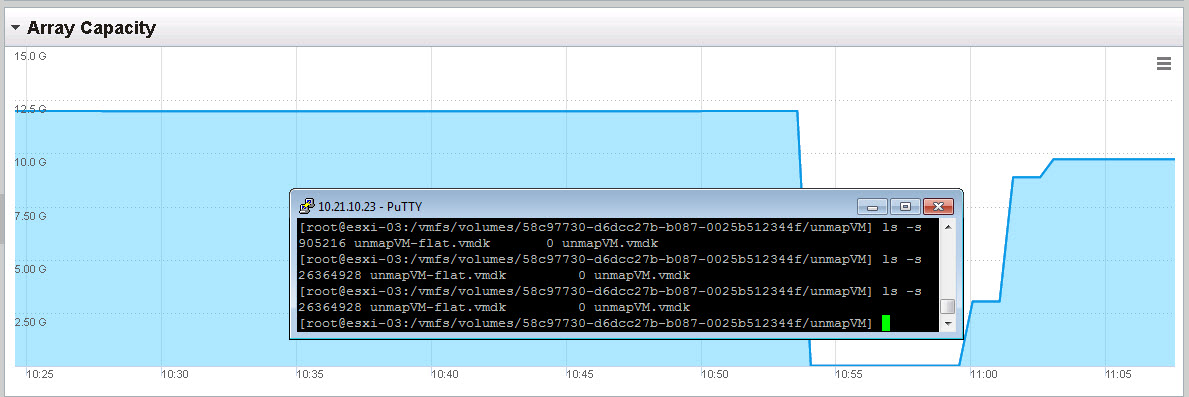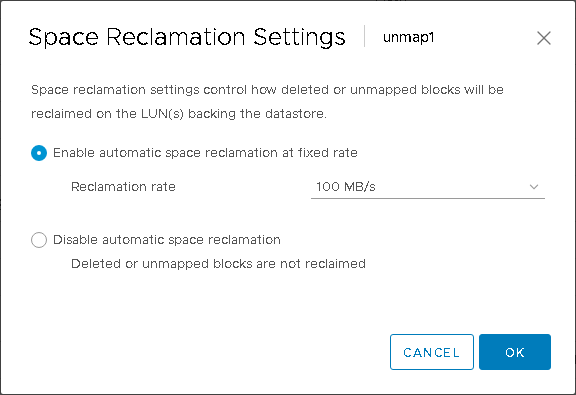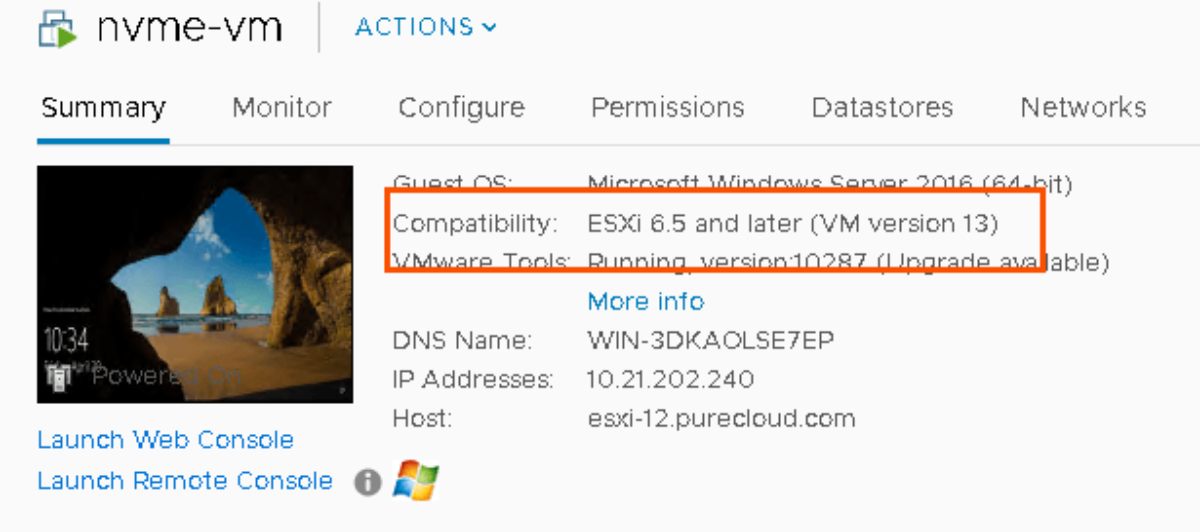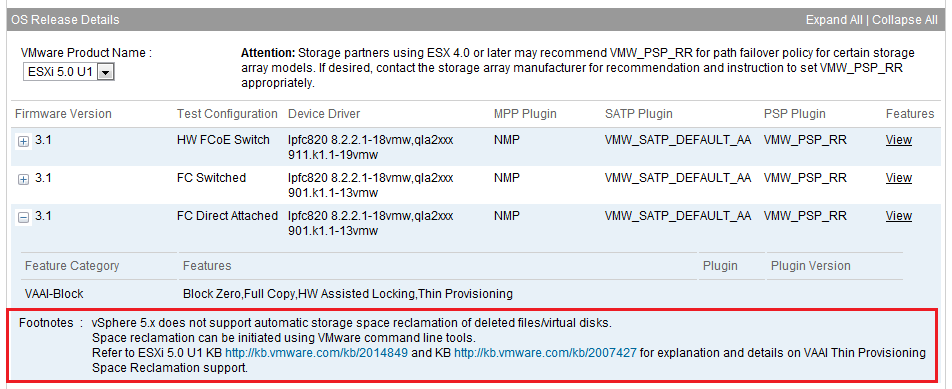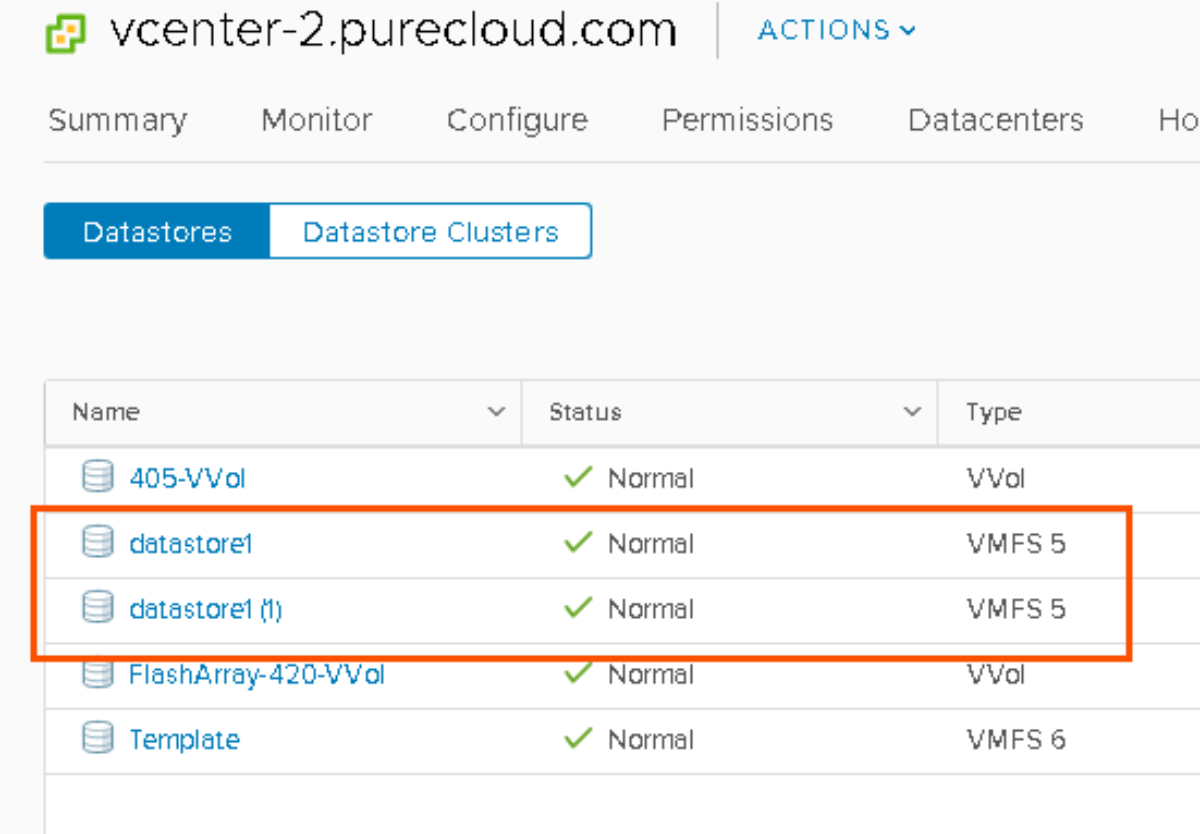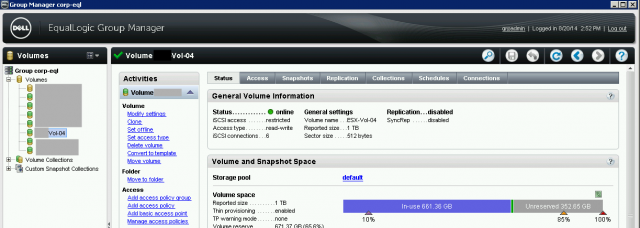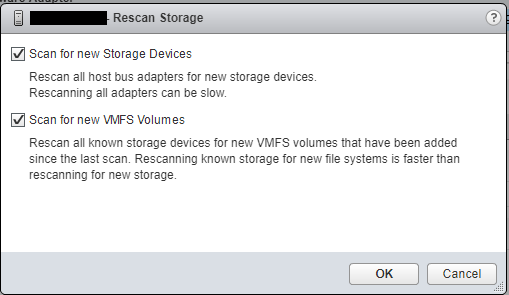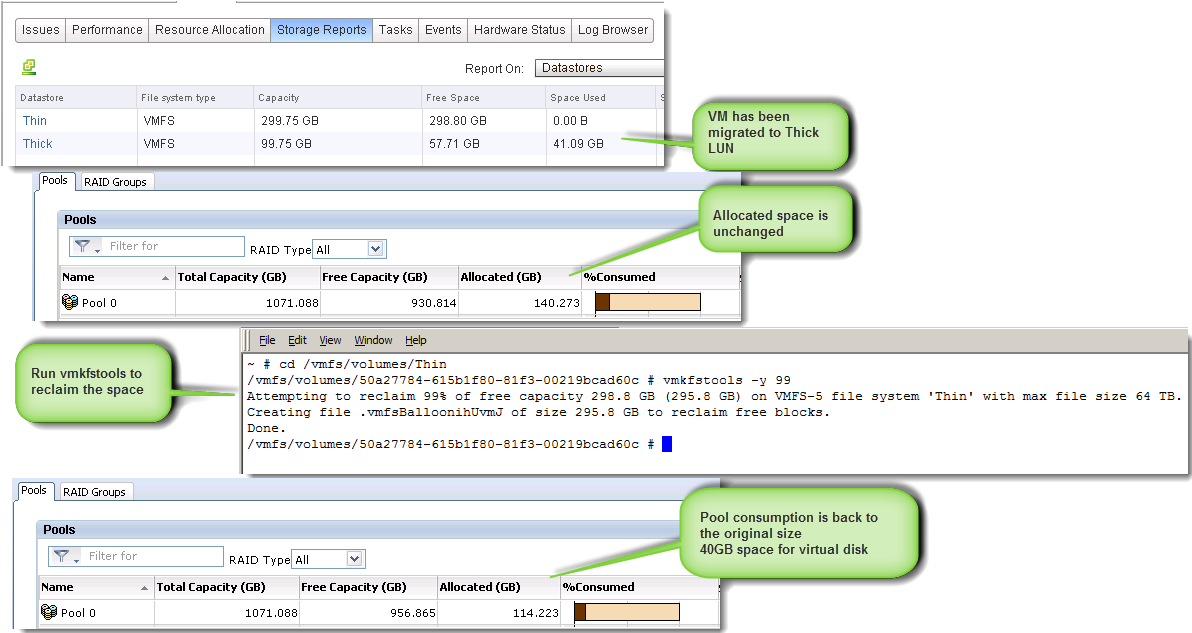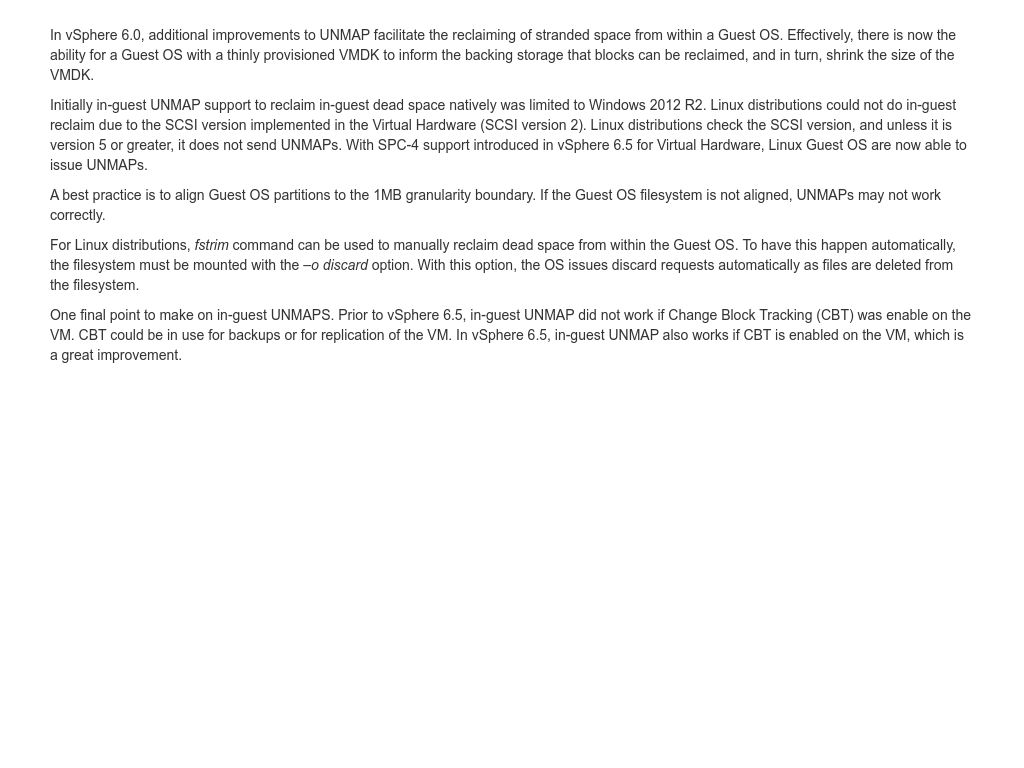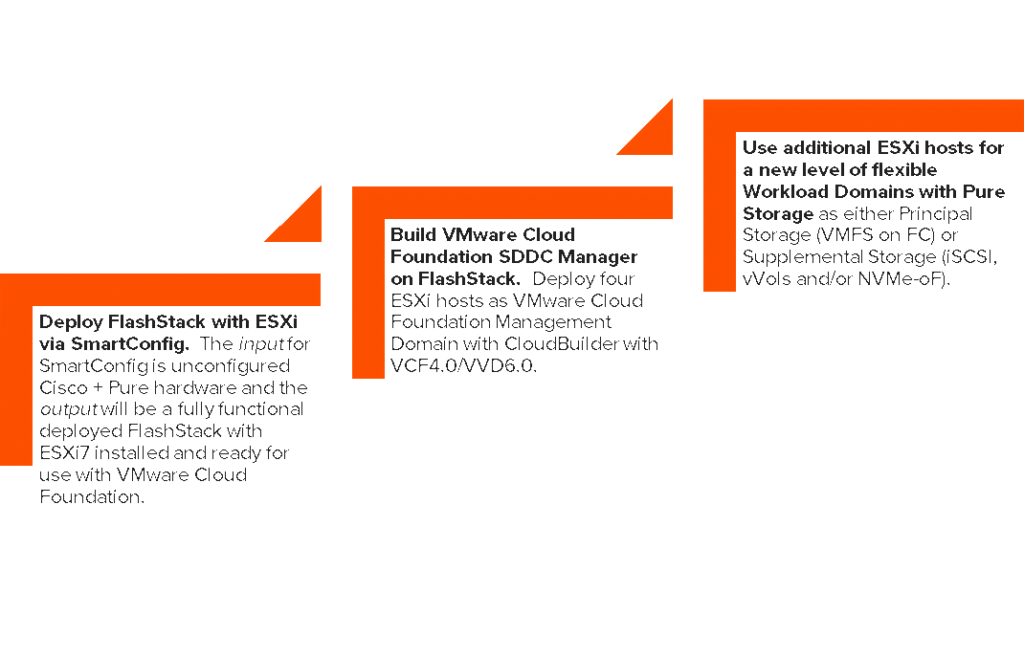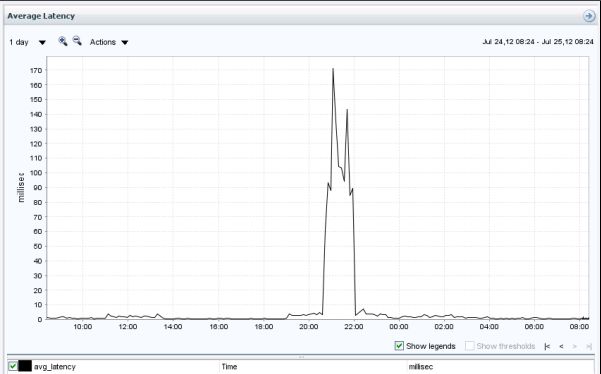Esxcli Storage Vmfs Unmap L

Creating the allocated but unused block dilemma.
Esxcli storage vmfs unmap l. Esxi supports reclamation of free space which is also called the unmap operation. Esxcli storage vmfs reclaim config set volume label datastorename reclaim priority high. Deleting or removing files from a vmfs datastore frees space within the file system. You can confirm these settings took effect by running the first get command to view the settings or view the datastore in the storage section of the vsphere client.
This free space is mapped to a storage device until the file system releases or unmaps it. In the vsphere web client you will only see the option to change this to either none or low with none disabling unmap completely. However using the esxcli command esxcli storage vmfs reclaim config you can also change this setting to medium or high which increases the frequency in which unmap commands are sent by 2x medium and 3x high over the low setting. Not ideal but probably acceptable given the space savings thin provisioning could deliver in many deployments.
Esxi supports reclamation of free space which is also called the unmap operation. Just another proof that assumptions are very risky. This free space is mapped to a storage device until the file system releases or unmaps it. The operation helps the storage array to reclaim unused free space.
Is there any way for example esxcli storage vmfs unmap scsi sense code in vmkernel log etc how to determine if automatic unmap is supported or not on particular storage which is already connected to esxi. The solution to this situation was to periodically run the unmap command manually esxcli storage vmfs unmap volume label volume label volume uuid volume uuid reclaim unit number. Deleting or removing files from a vmfs datastore frees space within the file system.



